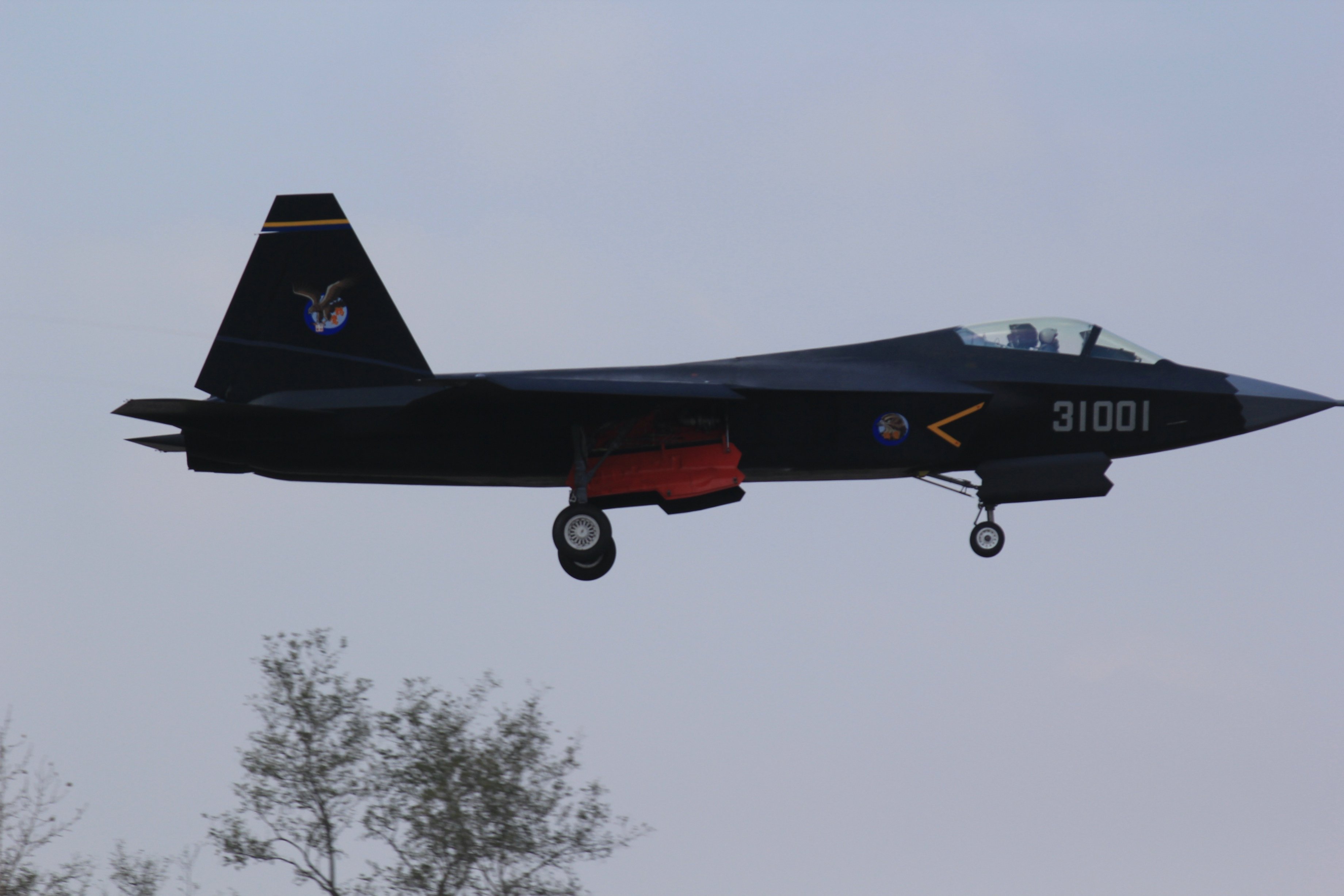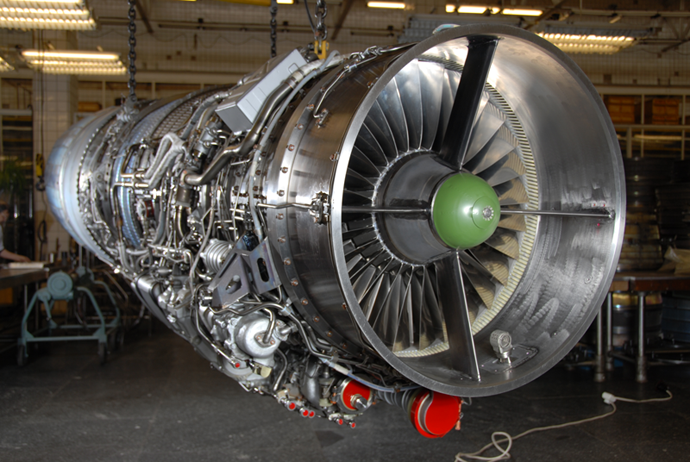
The Chinese Shenyang J-31 stealth fighter will use Russian-built engines when it enters production. The prototype was known use Klimov RD-93 engines, which were derived from the Soviet-era Mikoyan MiG-29 Fulcrum’s RD-33 afterburning turbofans. Many observers had expected the new Chinese fifth-generation fighter to eventually sport domestically developed engines.
“The J-31 with the Russian RD-93 engine is considered to be an export program, capable of rivaling the American [Lockheed Martin] F-35 fifth-generation aircraft on the regional markets,” Sergey Kornev told Russian state media outlet RIA Novosti. Kornev leads the aircraft department of Russia’s military export agency Rosoboronexport.
Who the Chinese might export their fighters to is another question.
“The Chinese face a conundrum. Their core market has always been poor and near-failed states,” Teal Group analyst Richard Aboulafia told USNI News.
“Pakistan is their biggest customer by far. So, moving up-market with an attempt at a ‘fifth-generation jet’ means recruiting an entirely new set of customers. I don’t know where these would come from.”

Another problem Beijing faces is that the most of their neighbors –who might be natural customers for an aircraft like the J-31—are suspicious of China and its intentions.
“The other conundrum they face is that much of the export fighter market is right around them, in East Asia,” Aboulafia said.
“Given tensions, these countries are probably not eager to start relying on Chinese defense equipment.”
Meanwhile, the domestic Chinese People’s Liberation Army versions of the J-31 might eventually be fitted with a variant of the Guizhou WS-13 engine—which is theoretically in the same performance class as the RD-93. However, it is unclear how much progress the Chinese have made with developing the WS-13. Most Chinese engine developments to date have not been successful.
While China has made great strides in developing its aviation industry, it has had difficulty with perfecting jet engine technology. The Chinese have severely lagged behind on quality control and material sciences—which are crucial for building jet engines. Thus far, no Chinese engine has come remotely close to matching the reliability or durability of a Russian engine let alone a Western propulsion system.





